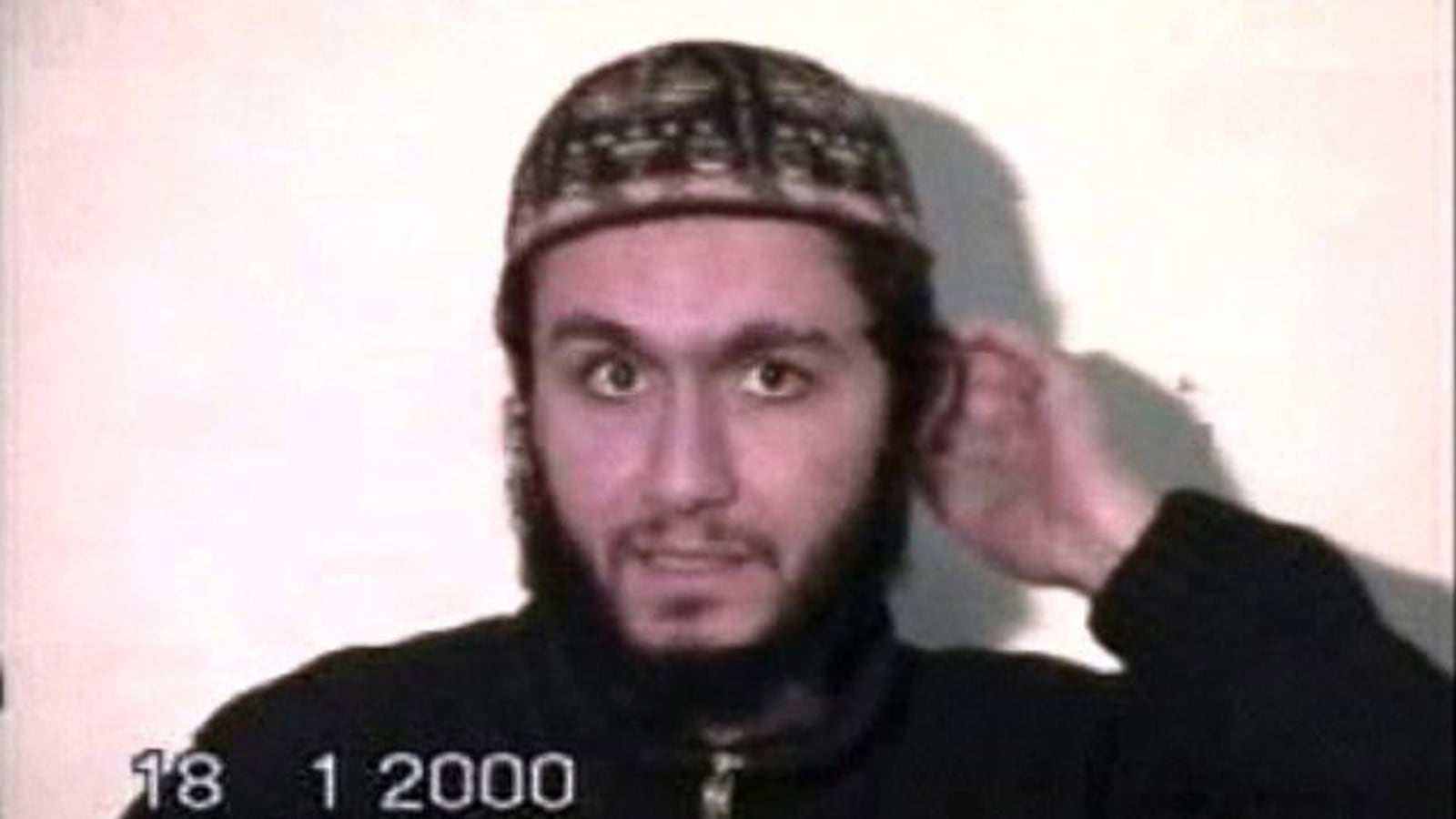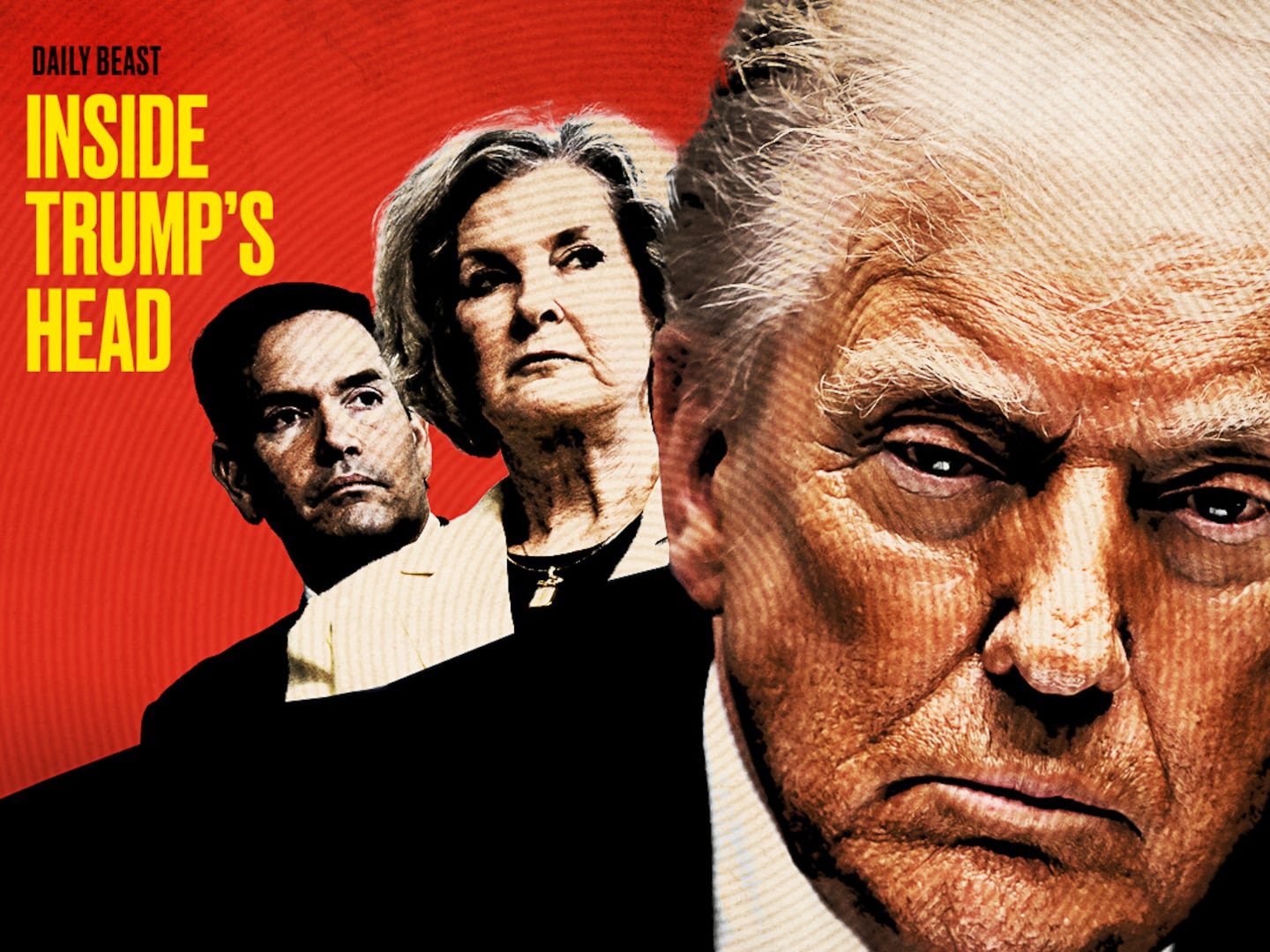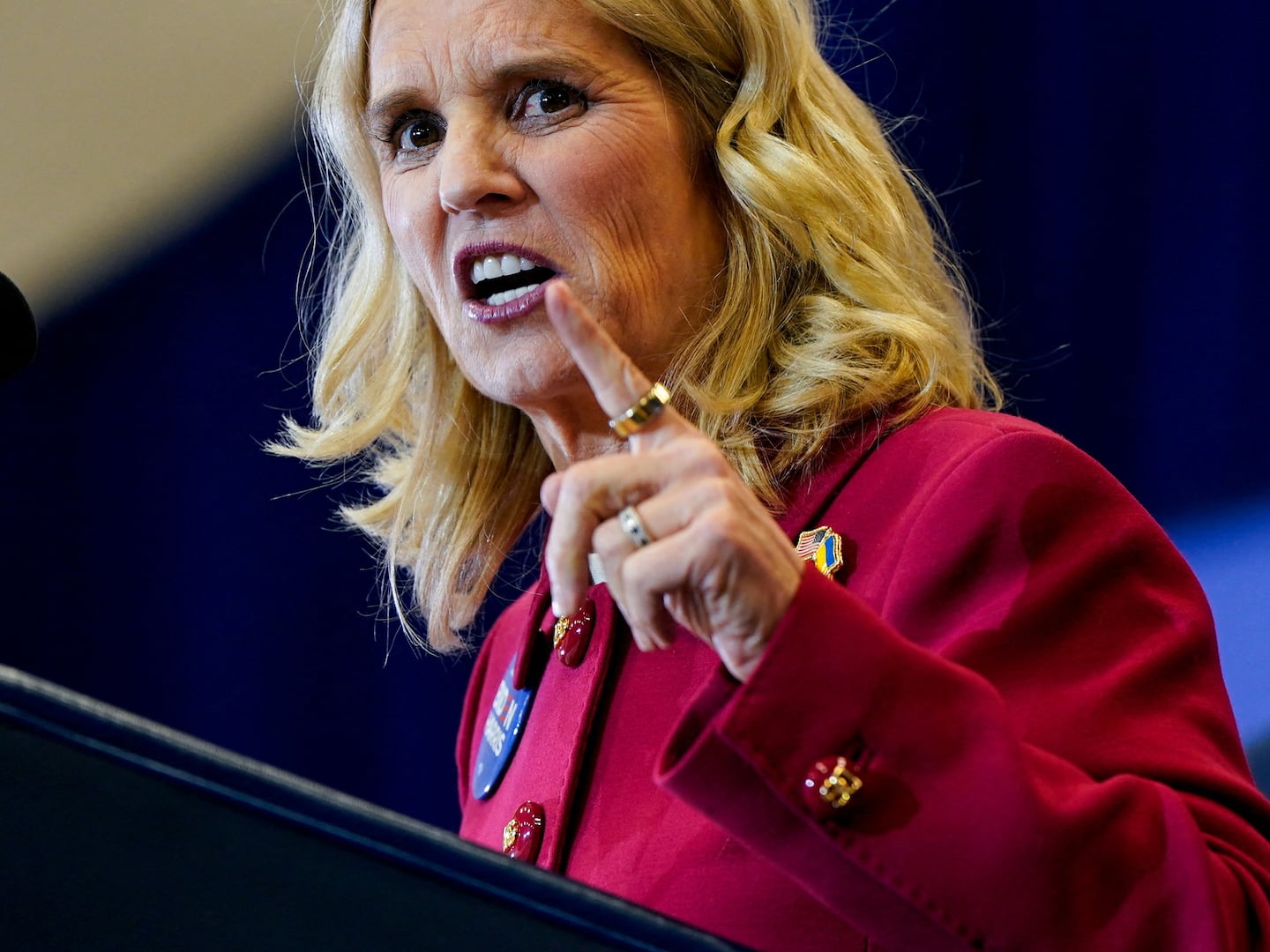The Obama administration may soon release 28 classified pages from a congressional investigation that allegedly links Saudis in the United States to the 9/11 attackers. A former Republican member of the 9/11 Commission alleged Thursday that there was “clear evidence” of support for the hijackers from Saudi officials.
But in Florida, a federal judge is weighing whether to declassify portions of some 80,000 classified pages that could reveal far more about the hijackers’ Saudis connections and their activities in the weeks preceding the worst attack on U.S. soil.
The still-secret files speak to one of the strangest and most enduring mysteries of the 9/11 attacks. Why did the Saudi occupants of a posh house in gated community in Sarasota, Florida, suddenly vanish in the two weeks prior to the attacks? And had they been in touch with the leader of the operation, Mohamed Atta, and two of his co-conspirators?
No way, the FBI says, even though the bureau’s own agents did initially suspect the family was linked to some of the hijackers. On further scrutiny, those connections proved unfounded, officials now say.
But a team of lawyers and investigative journalists has found what they say is hard evidence pointing in the other direction. Atta did visit the family before he led 18 men to their deaths and murdered 3,000 people, they say, and phone records connect the house to members of the 9/11 conspiracy.
The FBI did initially suspect something was off when their agents descended on the Sarasota house shortly after the attacks, tipped off by suspicious neighbors who had always found the family aloof.
Investigators found signs that the occupants had left in a hurry. Food was left on the counter and the refrigerator was stocked. Toys were still floating in the backyard swimming pool. Dirty diapers were left in a bathroom. It also looked like the people who lived there weren’t coming back. The mail was piling up outside, and the door to an empty safe was wide open. Three cars remained parked in the garage and driveway.
The FBI later said it came up with reasonable answers to explain this odd behavior—but not until after the Tampa field office opened an investigation that claimed to find “numerous connections” between the family and the 9/11 hijackers.
The final answers about what really happened in Sarasota may lie somewhere in those 80,000 pages. To be sure, not all of them concern the FBI’s investigation of the Saudi family. The documents represent the entire case file of the 9/11 attacks at the Tampa field office. But some subset surely will reveal more about what the FBI knew, and when, and why it reached a different conclusion.
For the past two years, U.S. District Court Judge William Zloch has been going through the files, page by page, to determine what information that pertains to the Saudi case can be released.
But based on about three dozen pages that had been made public already under the Freedom of Information Act, and the work of the reporters, this is the picture that emerges of life at 4224 Escondito Circle, a three-bedroom house in an exclusive community called Prestancia, in the weeks before 9/11.
The house was occupied by a Saudi couple, Abdulazzi al-Hiijjii and his wife Anoud, and their three small children. Anoud’s father, Esam Ghazzawi, a financier and interior designer, owned the home, along with his American-born wife, Deborah.
The family largely kept to themselves. A neighbor told the Tampa Bay Times that Abdulazzi said he was a student, and that his wife was religious. “He would come over for a cigarette and a drink and to get away from that praying every two hours,” the neighbor said.
But the family’s behavior, and undoubtedly their national origin, drew new suspicion after the 9/11 attacks. In April 2002, “based upon repeated citizen calls,” the FBI opened an investigation, which “revealed many connections” between a member of the family “and individuals associated with the terrorist attacks,” according to one of the few released documents.
Those jaw-dropping claims remained largely unknown for years. In part, that’s because the FBI now says that the initial reports came from an agent who couldn’t support his suspicions. Investigators later interviewed members of the family and found they had left the U.S. because Abdulazzi had just graduated and gotten a new job in Saudi Arabia.
The Sarasota family also had no connections to the 9/11 terrorists, the FBI concluded. (Their names are redacted in the reports, for privacy, but they have been publicly confirmed.)
Case closed? Hardly. In 2011, a pair of Irish journalists, Anthony Summers and Robbyn Swan, who were publishing a book on the 10th anniversary of the attacks, contacted Dan Christensen, a veteran Florida reporter. They’d heard about the Sarasota family and had a confidential source—an unnamed counterterrorism official—who claimed to have detailed knowledge of the FBI’s investigation into the couple, including analysis of phone records that showed calls to and from the house connected to the hijackers. What’s more, the source also said that visitor logs from the security gate of the community showed that Atta, along with co-hijacker Ziad Jarrah, had come to the house, and that those logs had been turned over to the FBI.
The journalists teamed up and published an exposé on Christensen’s independent news site, FloridaBulldog.org, and on the front page of the Miami Herald. The story was an instant sensation, prompting the FBI to publicly declare that the case had been investigated and found to have no merit.
Sen. Bob Graham, the Florida Democrat who had led the congressional inquiry that produced those 28 pages on Saudi connections, was stunned by the Sarasota allegations. The FBI hadn’t given Graham’s committee any information about the family or their suspected ties to Atta and other hijackers. Even the initial reports the FBI later said proved wrong weren’t disclosed to congressional investigators, Graham said. The journalists findings “open[ed] the door to a new chapter of investigation as to the depth of the Saudi role in 9/11,” Graham said at the time.
The FBI continued to publicly knock down the Sarasota connection. Graham eventually confronted the bureau and asked to see files from the Tampa field office. As he told The Daily Beast’s Eleanor Clift for a forthcoming article, Graham saw records that did show alleged contacts between the family and three hijackers, and further lines of inquiry that investigators could follow.
Later, Graham himself was confronted by the FBI’s then-deputy director, Sean Joyce, who told him, “Basically everything about 9/11 was known and I was wasting my time and I should get a life,” Graham said.
For his part, Christensen took the government to court, suing under the Freedom of Information Act for the files and records to substantiate—or refute—his sources’ claims.
Thomas Julin, Christensen’s lawyer, told The Daily Beast that initially the FBI claimed it had no records. But when Julin told officials that Graham was willing to testify that he’d actually seen some, the Justice Department admitted to having found 35 pages of material, which it released.
It’s those pages, many of which bear heavy redactions, that show the FBI agents’ initial suspicions, the fact that an FBI case was open, and that investigators had found “many connections” between the family and the hijackers. There are also letters and memos from FBI officials dismissing the 9/11 connection as unfounded.
Those 35 pages were all the FBI could find about the alleged Sarasota conspiracy, officials insisted.
Zloch, the judge in the case, was not persuaded. He ordered the FBI to conduct a new search of its files, using a method that Christensen and his lawyer suggested. This time, they hit the mother lode.
“The FBI found some additional responsive documents which it produced,” Julin said. “But it also found 80,266 pages of material in the Tampa Field Office of the FBI which had been marked with the file number for the FBI’s PENTTBOM investigation.”
PENTTBOM, which stands for Pentagon/Twin Towers Bombing, is the codename for the FBI’s investigation of the 9/11 attacks.
The judge ordered the FBI to hand over all 80,000-plus pages on May 1, 2014. He is still going through them to determine which may be released and has given no indication when he might finish.
Zloch’s task is made all the more painstaking by the strict security rules governing review of classified documents, even for a sitting judge. The files are kept in a secure facility, and he can only remove a portion at a time.
It’s still not clear how many of the files from the Tampa field office relate to the investigation of the Saudi family and the house on Escondito Circle. But Christensen believes those files will reveal the underlying reasons for the FBI’s early suspicions. And he’s prepared to be proven wrong.
The FBI, for instance, says that phone records searches showed no links to the house and the hijackers. Christensen’s confidential source says the opposite is true. If the FBI is right, Christensen asks, then why not just release the information and put the dispute to rest?
“I’ve spent five years on this. I’ve got other things to do. If there’s nothing to this, then tell me,” Christensen told The Daily Beast.
The public record so far has hardly allayed Christensen’s and others’ belief that there’s more to the Sarasota story than the FBI is telling. Indeed, they say, the FBI is contradicting its own investigators. Graham told The Daily Beast that the FBI questioned the reliability of the agent who filed the first reports about the family and possible connections to the attackers. They said he was “not a good writer and should not be taken as the last word,” Graham said.
But that agent was reportedly promoted after the 9/11 attacks and assigned to a counter-intelligence task force. The bureau doesn’t usually give new jobs to agents who can’t do basic field work, particularly on the biggest case in FBI history.
As far as Christensen is concerned, the truth will out. But the FBI’s silence is telling.
Not to be content with just the 80,000 pages, though, Christensen has also been pressing to get those 28 pages from the congressional inquiry released. They have an appeal pending before the Interagency Security Classification Appeals Panel, an obscure group within the National Archives that has the power to declassify the material, in whole or in part.
An Archives official wouldn’t comment on the appeal, except to say that the panel has yet to officially take it up. According to a public docket, the appeal was filed in July 2014.
President Obama could elect to declassify the pages himself. Or he could defer to the judgment of the panel. Doing so would give him some political cover. It would also allow the president to make good on his commitment to finally let the public see what those pages have to say.
If that day finally comes, credit will surely go to Graham, who has pressed for their release for years. But some share may also be claimed by Christensen and Julin, whose hunt for the Sarasota connection led them to shake loose the 28 pages, too.
Both men said that the release of that better-known material may ultimately help bring the Sarasota files to light.
“If the 28 pages are declassified, that might persuade the judge to move forward,” Julin said. He doesn’t think the congressional report has anything to say about Sarasota—because, after all, Graham has said the FBI gave his committee nothing on the case—but “the material might help Judge Zloch see the wider significance of the events in Sarasota and persuade him that some or all of the records have not been properly classified,” Julin said.
Christensen noted that the Obama administration didn’t publicly acknowledge that it might soon release the 28 pages until after Graham and other lawmakers appeared in a recent episode of 60 Minutes about the controversy. He said he hopes the judge saw the show, and that the “intense national interest” that’s brewing around Saudi connections to 9/11 might resonate with him.
Two years or waiting for the judge’s ruling may be close to an end. “I believe this is not a stalling tactic at all. The judge is doing what he has to comply” with rules for handling classified information, Christensen said. “But I would urge him to speed it up.”
— with additional reporting from Eleanor Clift.






